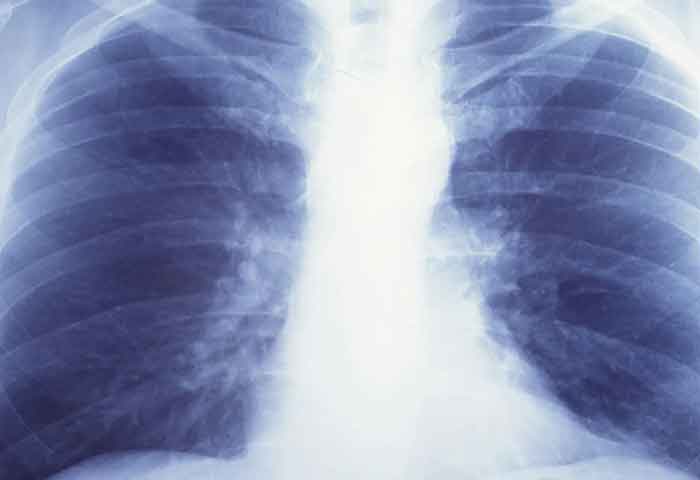Reynosa, Tam.-
Apenas llegue la temporada de otoño el 22 de septiembre, cientos de casas en la frontera se empiezan a llenar de humedad.
Llover tres días seguidos es condición suficiente para “manchar” las paredes y que se multiplique el moho.

Si esto ocurre no se alarme, hay productos disponibles para limpiar los muros y techos de inmediato, además de “sanitizar” las superficies. No se debe inhalar.
También no olvide usar un cubrebocas para su protección.
El moho crece en lugares donde hay mucha humedad, cerca de las filtraciones en techos, ventanas o tuberías, o donde hubo inundaciones.
Los tipos más comunes de moho en interiores son Cladosporium, Penicillium y Aspergillus. Se encuentra tanto en interiores como al aire libre, puede adherirse a la ropa, los zapatos y las mascotas, y llevarse a los ambientes interiores.
Los Centros de Salud de Enfermedades (CDC) afirman que puede colarse a su casa en tiempo de humedad, a través de puertas o ventanas abiertas, rejillas de ventilación, y sistemas de calefacción y aire acondicionado.
Para detectarlo solo puede verse, pero también olerse, tiene un olor distinto de humedad, que no debe ser respirado para evitar un daño severo en los pulmones.
La exposición al moho puede provocar síntomas como congestión nasal, sibilancias, enrojecimiento o picazón en ojos o piel. Personas con asma, pueden tener reacciones intensas.
Una limpieza profunda con los artículos adecuados puede eliminar los hongos, como también tirar la ropa, revistas o libros contaminados, no sólo de “manchas”, sino también si estuvieron en contacto con heces de roedores o murciélagos.
TIPS
Si usa un blanqueador con cloro para limpiar la suciedad, recuerde estos consejos:
-No mezclar amoníaco con otro producto de limpieza para la casa con el blanqueador, porque puede producir vapores tóxicos peligrosos.
-Abra esas puertas y ventanas para que se ventile el lugar y respire aire fresco.
-Use guantes plásticos y gafas de protección para los ojos.
-En caso de gravedad en la suciedad, mejor confié en los profesionales.
-Use Lysol o desinfectadores del ambiente.
Si tiene curiosidad debe saber que el polvo contiene células muertas de la piel, pelo, polen, ácaros, bacterias, virus, que no deben ser respirados por sus pulmones.
La CDC asegura que no sólo en el interior de la casa, también en el trabajo, en oficios de minería, bomberos, pueden enfermarse de neumoconosis, también llamada enfermedad del pulmón negro, que es discapacitante y potencialmente mortal.
………………….
Beware of fungi in the environment
By Jose Luis Montemayor
Reynosa, Tam.-
As the fall season arrives on September 22, hundreds of homes on the border begin to fill with humidity.
Raining three days in a row is sufficient condition to “stain” the walls and for mold to multiply.
If this occurs don’t be alarmed, there are products available to clean the walls and ceilings immediately, in addition to “sanitizing” the surfaces. It should not be inhaled.
Also, don’t forget to wear a mask for your protection.
Mold grows in places where there is high humidity, near leaks in roofs, windows, or pipes, or where there has been flooding.
The most common types of mold indoors are Cladosporium, Penicillium, and Aspergillus. Found both indoors and outdoors, it can adhere to clothing, shoes, and pets, and be carried indoors.
The Centers for Disease Health (CDC) state that it can sneak into your home in wet weather, through open doors or windows, vents, and heating and air conditioning systems.
To detect it, it can only be seen, but also smelled, it has a different smell of humidity, which should not be breathed in to avoid severe damage to the lungs.
Mold exposure can cause symptoms such as a stuffy nose, wheezing, redness, or itching of the eyes or skin. People with asthma can have severe reactions.
Thorough cleaning with the right items can eliminate fungi, as can contaminate clothing, magazines, or books, not only of “stains”, but also if they were in contact with rodent or bat feces.
TIPS
If you use chlorine bleach to clean dirt, remember these tips:
-Do not mix ammonia with another household cleaning product with bleach, because it can produce dangerous toxic fumes.
-Open those doors and windows to ventilate the place and breathe fresh air.
-Wear plastic gloves and eye protection glasses.
-In case of serious dirt, better trust the professionals.
-Use Lysol or environmental disinfectants.
If you are curious you should know that the dust contains dead skin cells, hair, pollen, mites, bacteria, viruses, which should not be breathed into your lungs.
The CDC assures that not only inside the house but also at work, in mining trades, firefighters, can get pneumoconiosis, also called black lung disease, which is disabling and life-threatening.



